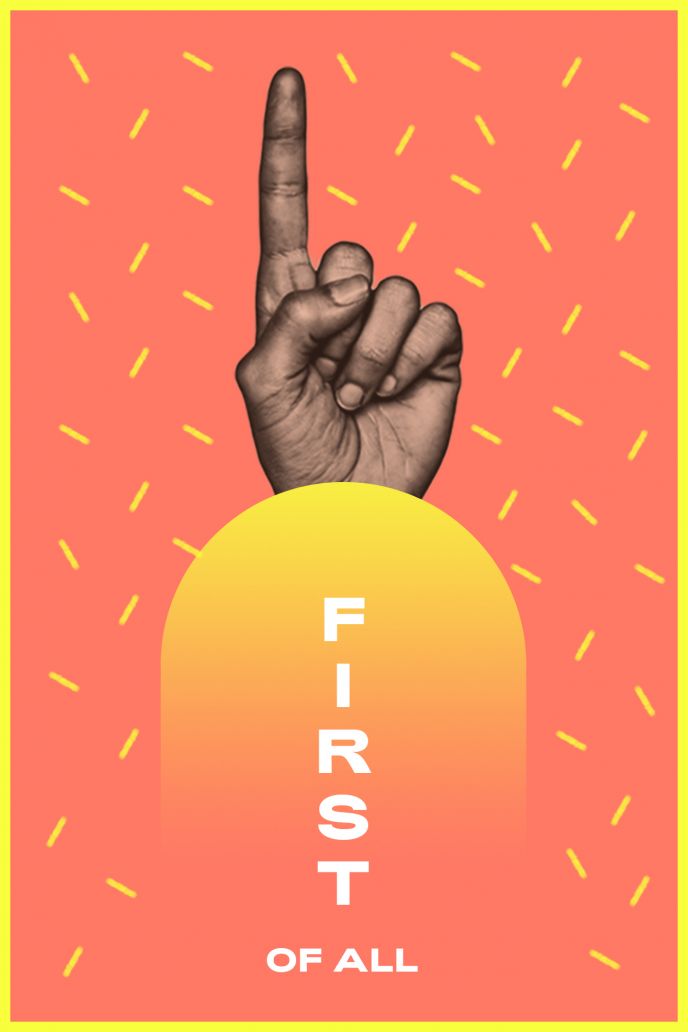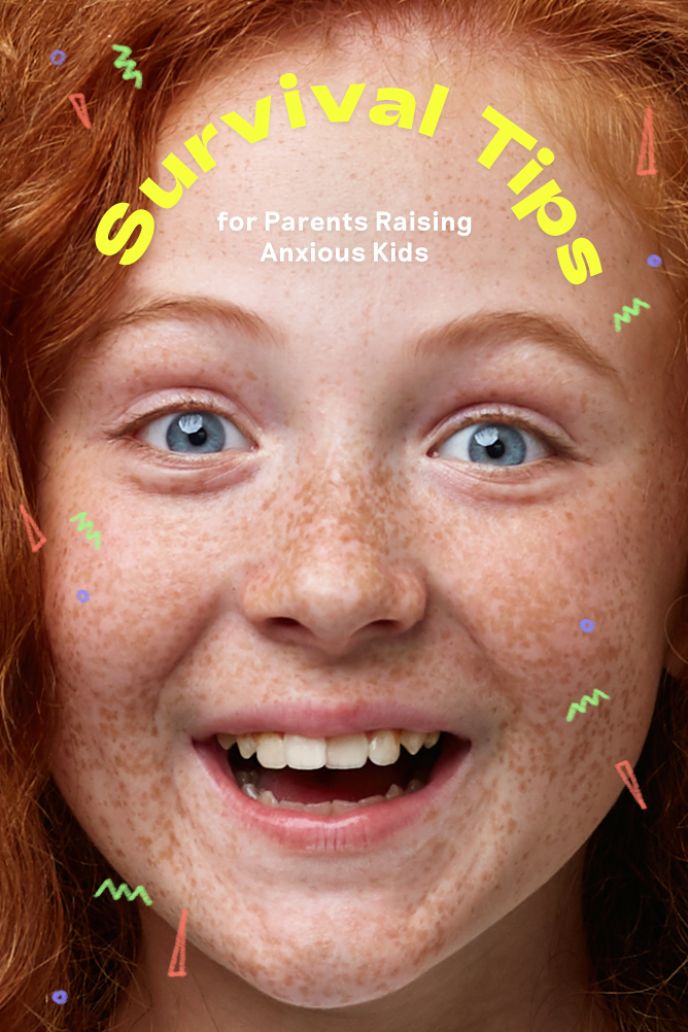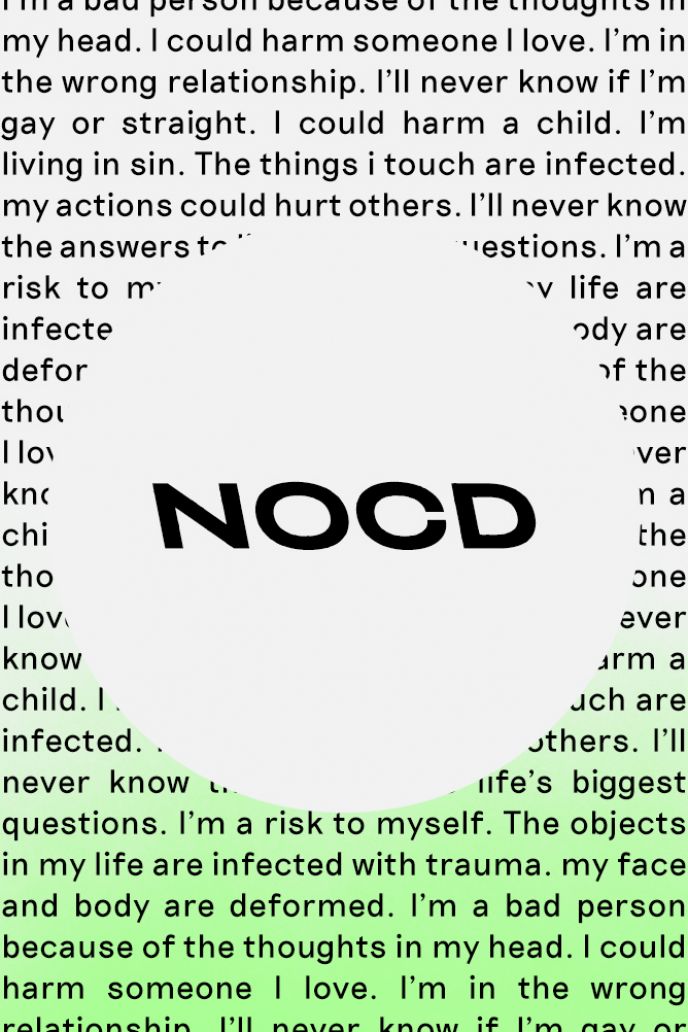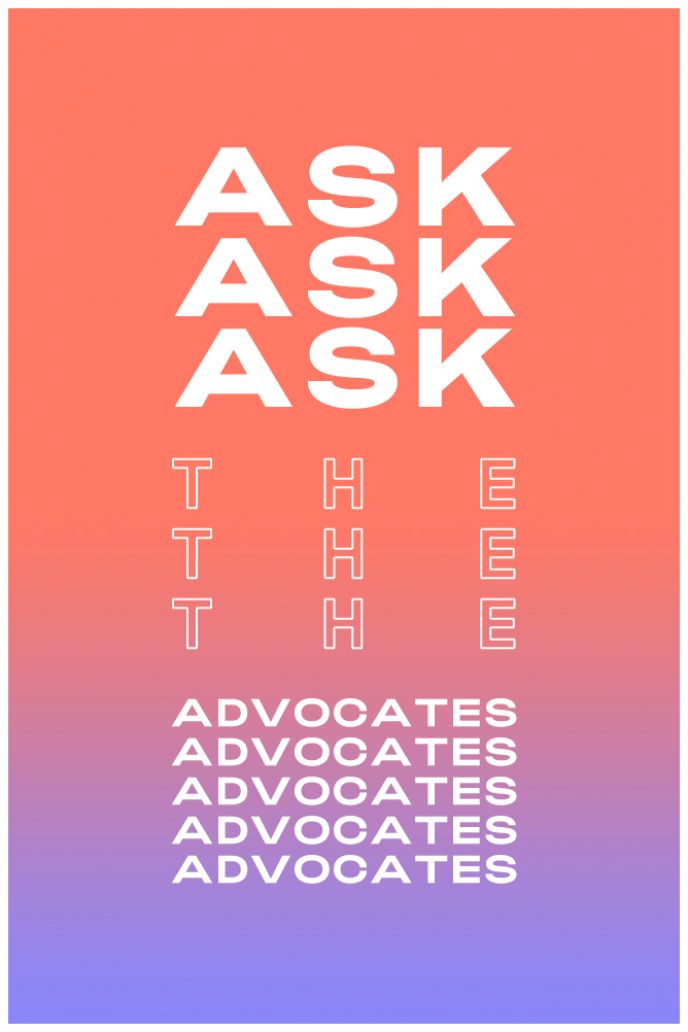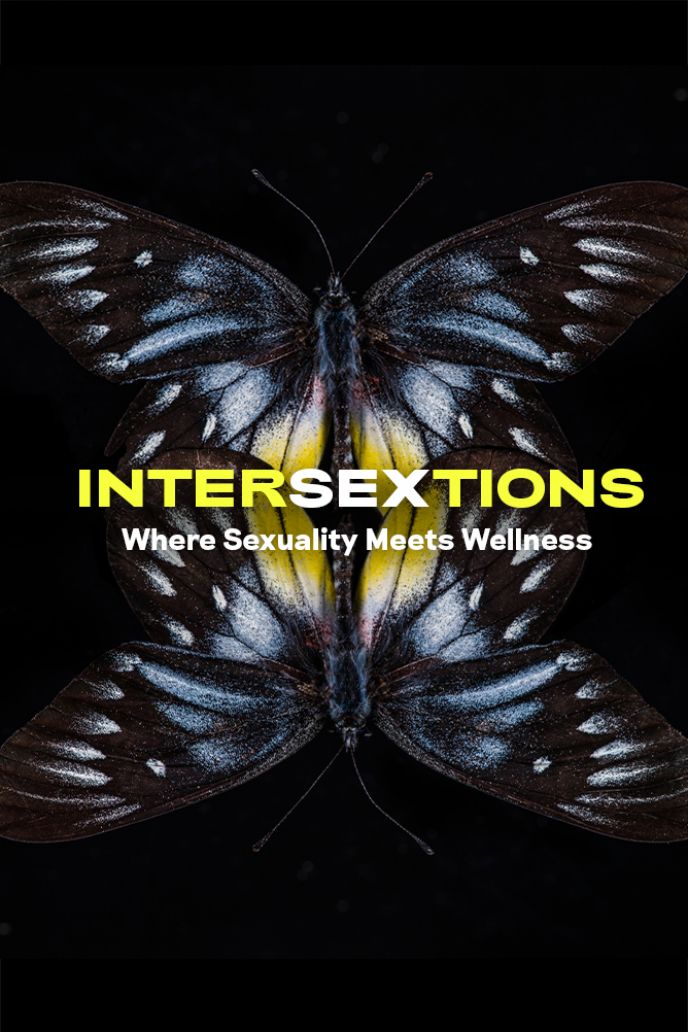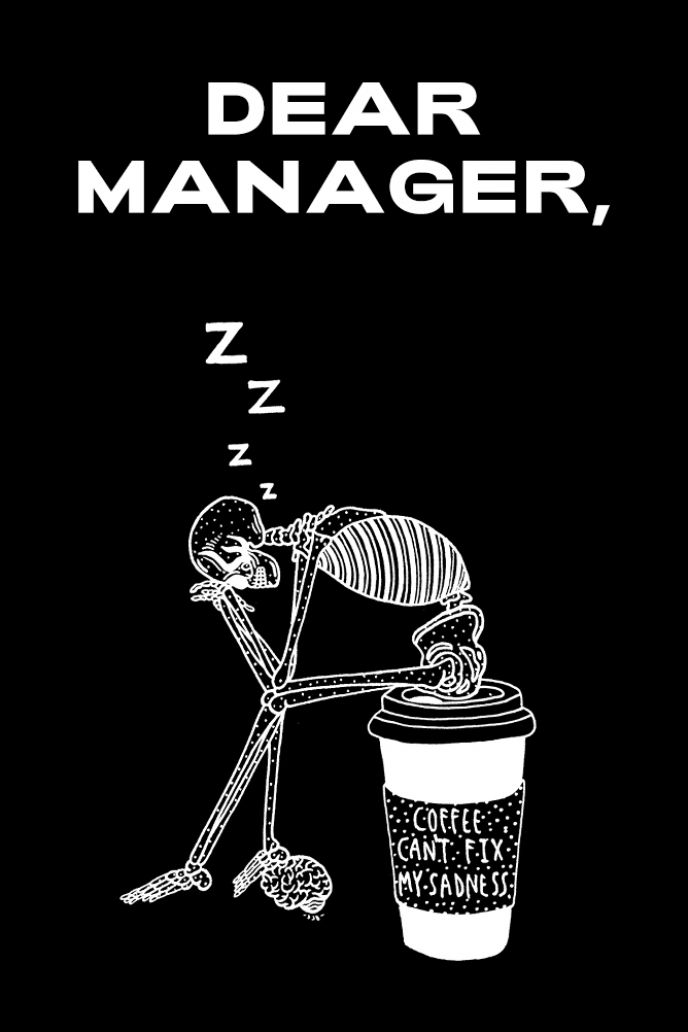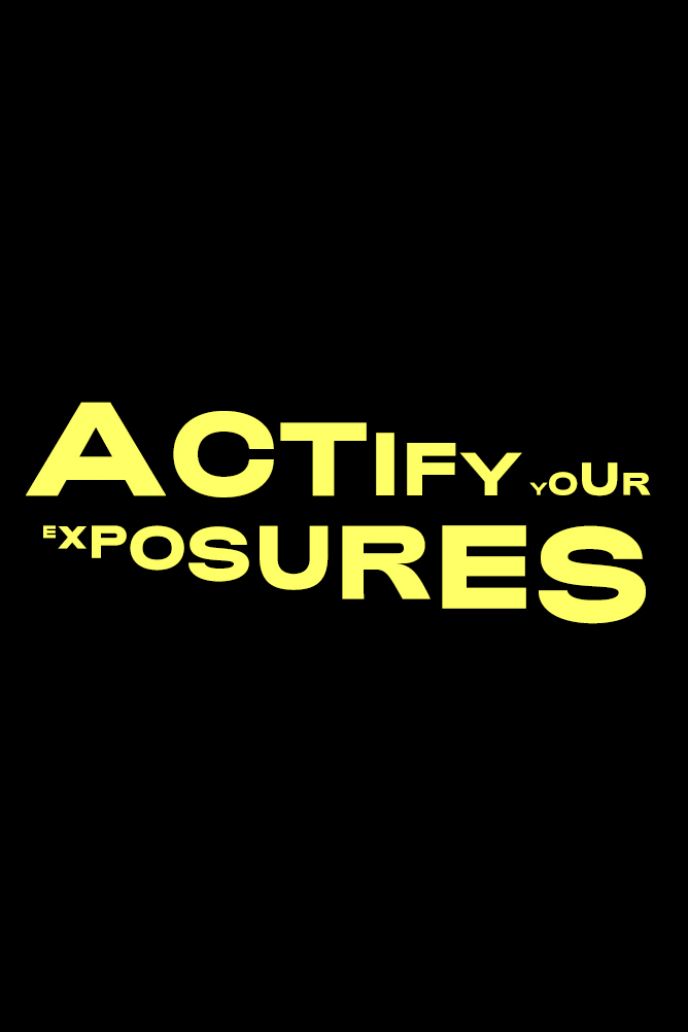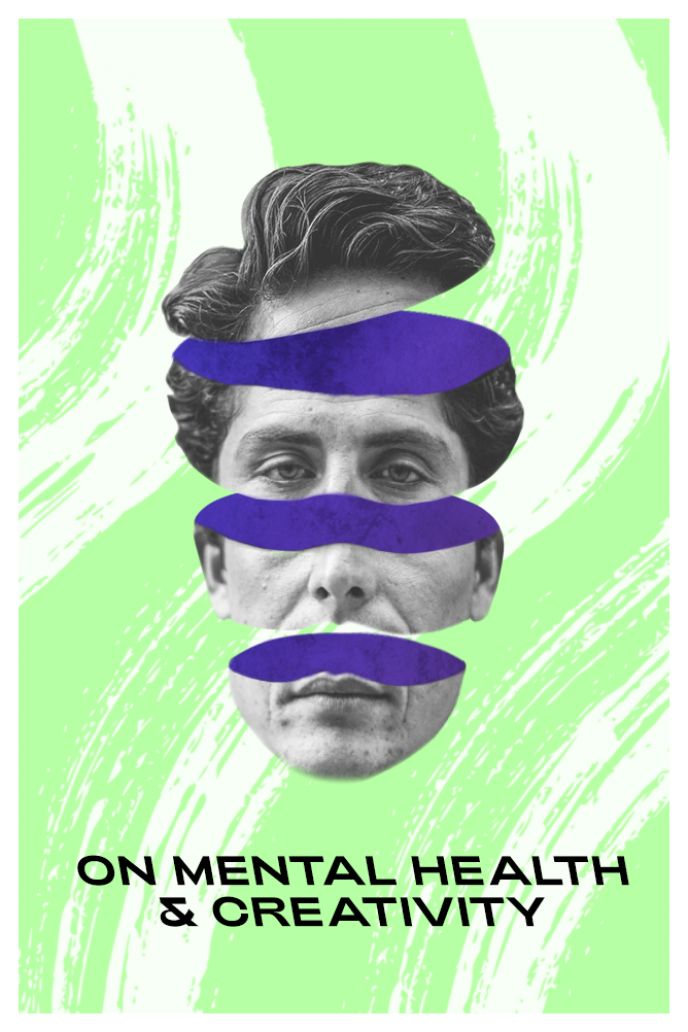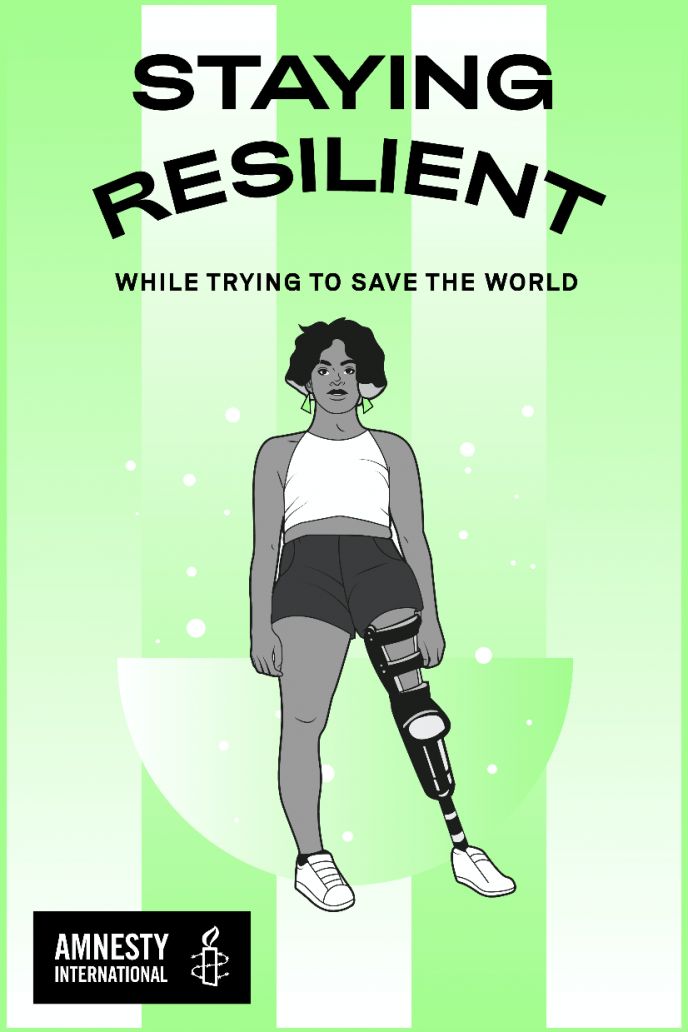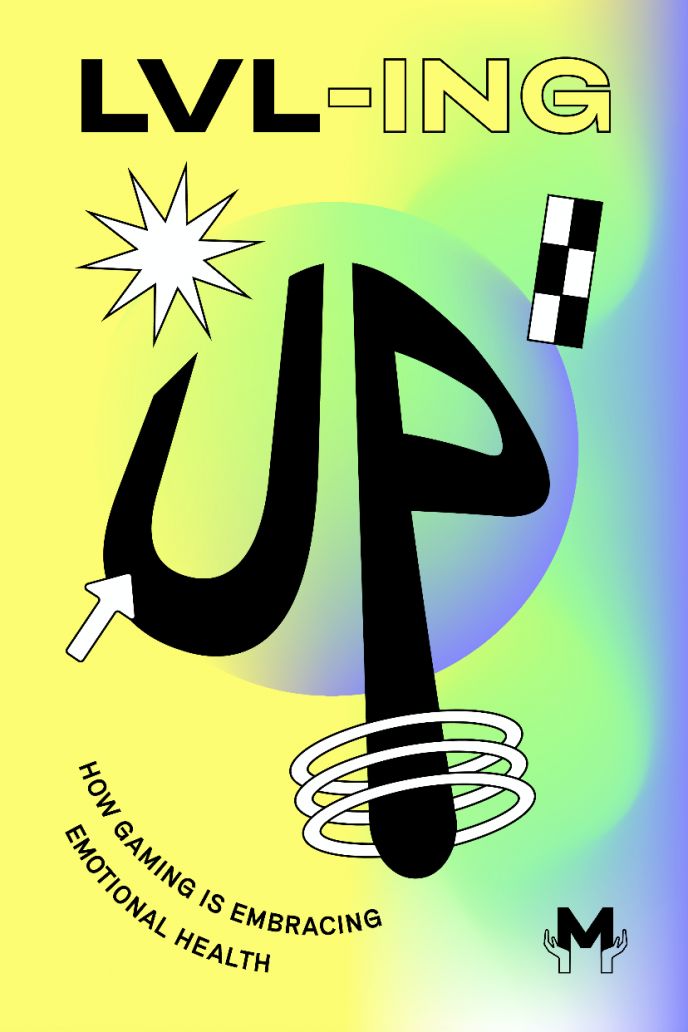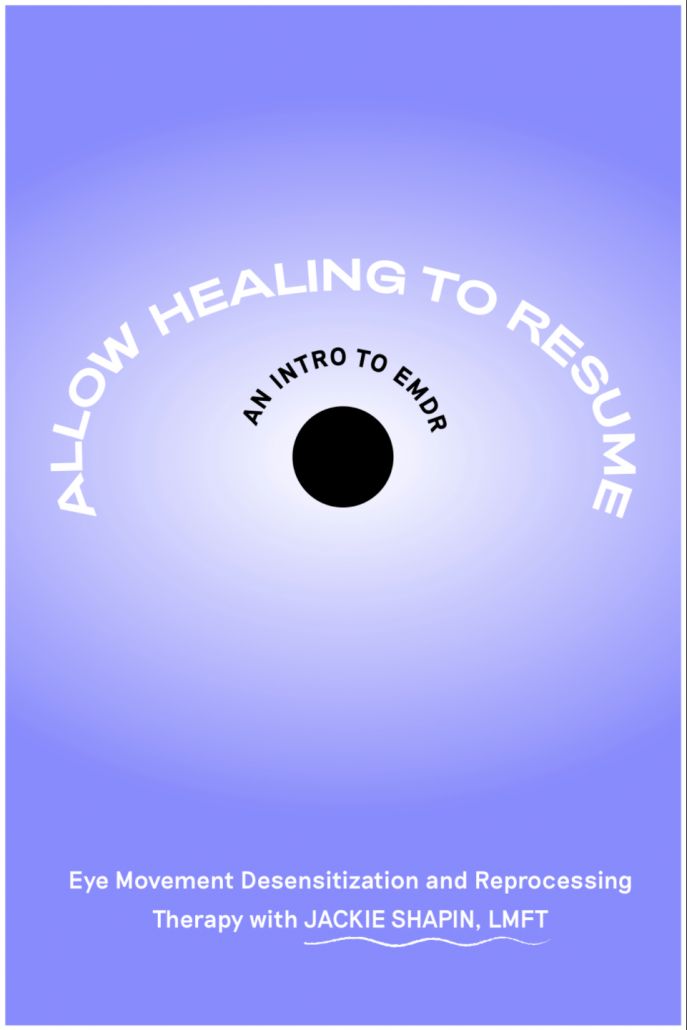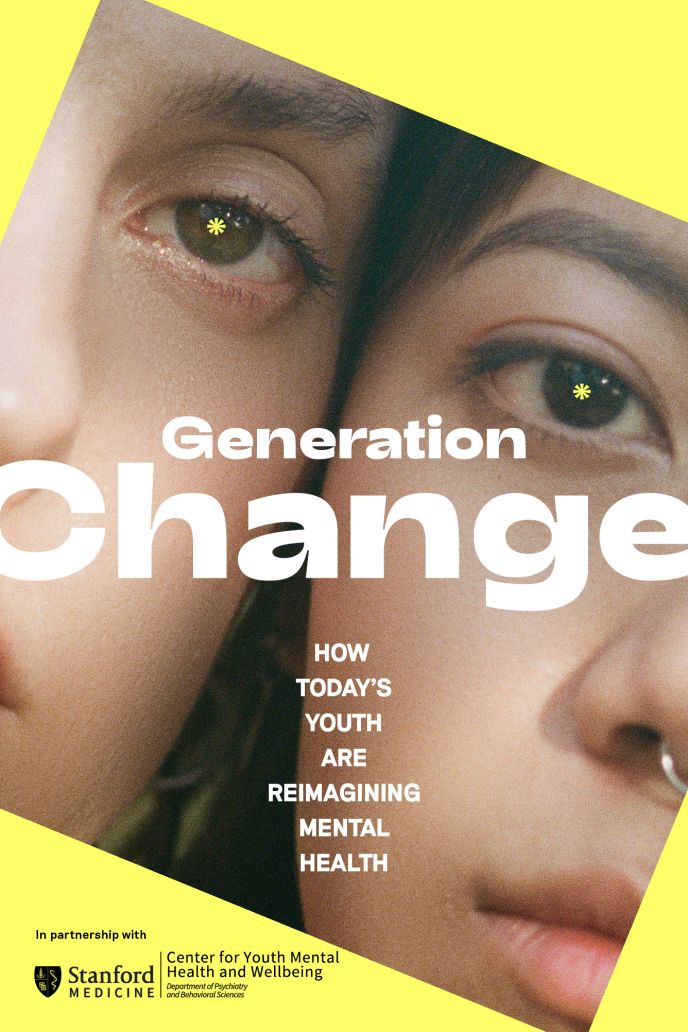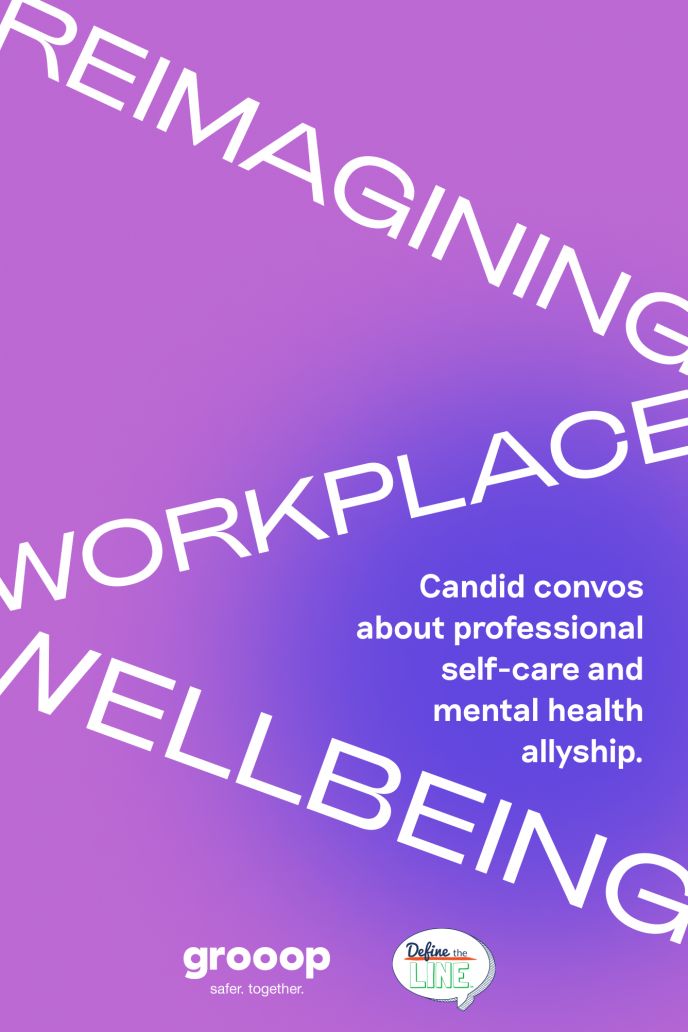My Mental Health Journey in the Fashion Industry
I didn’t thrive in an environment promoting type-A personalities and 9-to-5 butt-in-seat mentalities.
Escrito por Caroline Nitsch
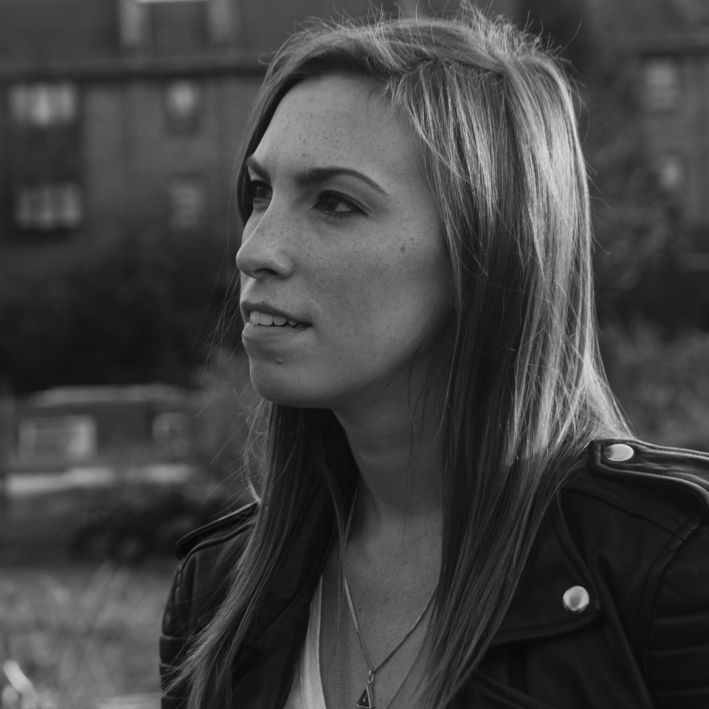
01 Caroline has worked in the fashion industry for the last 14 years. Over time, she's battled a range of mental health symptoms. Some of which she attributed to industry culture, and others that were more personal.
02 For the longest time, Caroline didn’t think her symptoms were of medical concern. She'd seen peers in the industry breakdown on numerous occasions and normalized having poor mental health.
03 While employees generally need an environment that supports their mental wellbeing, supporting someone with mental illness requires more flexibility and trust than many workplaces will provide.
04 Caroline has made it her mission to never slip back into the dark place she was for so many years. She's become a strong advocate for better workplace mental health resources, trainings and advocacy.
I’d barely slept. My muscles were vibrating under my skin. I felt nauseous, my body shifting between hot and cold, and my heart felt like it could burst through my chest.
Endless thoughts raced through my head while I felt a familiar dull exhaustion. We were on location, at the fashion shoot ready to go. I swallowed down my discomfort, switched into art director mode and put on a big smile for my team. As someone with authority and seniority, it was my job to appear infallible. I'd become a pro at hiding my mental health challenges.
I am nearly 14 years into an industry with a flawed culture. Historically, fashion has been synonymous with clichés of overworking as a badge of honour. Although times are changing and there are fewer Miranda Priestly-esque environments, I'd still become accustomed to keeping my symptoms private.
I’ve battled anxiety and depression since middle school, not quite understanding what was happening in my body and mind.
I thought I was overly emotional, sensitive and erratic. It wasn't until my thirties that I was given a diagnosis – first bipolar disorder 2, then C-PTSD. Neither of which are certain by doctors. I could have one, the other, both or neither. I choose to focus on my symptoms.
Despite these challenges, I had quite a successful career in fashion e-commerce and art direction. I lived in London for a decade working at world renowned fashion institutions. I started off driven – eagerly wanting bigger projects and responsibilities.
I was focused on career success but somehow the more senior positions I took on, the more frequently my symptoms appeared. At times I was exhausted, had trouble concentrating and remembering things, and was overcome by illness and panic attacks.
Unfortunately, in many corporate cultures these symptoms are not just normal, but worn as badges of recognition.
Showing up with the largest coffee cup on the planet, competing for who worked the latest, who’s the most stressed, who has the biggest under-eye bags. These were my people, this was my culture. And for awhile, there was something glamorous about it. I loved my job so I was all in. I just couldn’t understand why my body and mind were fighting me when opportunities for career success were so clear.
Feelings of failure and shame started to pile on top of the symptoms I was dealing with. The weight of keeping it all hidden became exhausting, but I knew I couldn’t let anyone see how I was feeling in case they questioned my ability to handle my role.
Privately, I was determined to get to the bottom of what was holding me back. I read self-help books, saw a series of counsellors, tried courses, seminars, meditation, diet and workout regimes. No matter what I tried, things didn't get better.

9 Models on Mental Health & Self-Esteem in the Modeling Industry
Fashion’s biggest stars open up about their mental health and the toll the modeling industry can take on their self-esteem.
It didn’t help that I’d started my career in a particularly nurturing work environment. The next few places that followed were far less supportive. In one role I was regularly bullied by a senior staff member, which led me to believe that my symptoms were a result of a toxic workplace, and therefore circumstantial. But when I left that job, the symptoms didn't subside.
Several years into my career I was completely burnt out. I quit my job and went freelance. I balanced contracts from home with office gigs and chose jobs with teams that I felt good around. All the self-help work I was doing combined with a better lifestyle was improving my quality of life. Yet it all felt like a temporary fix for a problem that wasn’t going away.
I made the move back to my home in Canada. It was an opportunity for a new chapter, but starting fresh had its challenges, and not being integrated in the Toronto fashion network, I leaned into a full-time job again. That first year was great – challenging, rewarding. I was with a team I was inspired by. But all my symptoms slowly started coming back, and with rigor.
I was under extreme stress. I’d just moved countries, got married, bought a house and taken a full-time job after years of freelance. I eventually reached a point of depression that caused concern to myself and my family. Back I went down the road of therapists, doctors, naturopaths… anyone who might offer solutions.

For the longest time, I didn’t think my symptoms were of medical concern.
I’d seen peers in the industry breakdown on numerous occasions. I’d known colleagues who quit the field and created opposite lifestyles for themselves as yoga teachers or ceramicists. I’d watched teams go from motivated and thriving to riddled with anxiety, sleep disorders and panic. I began to realise that I couldn’t see my own symptoms because they looked so similar to the issues my peers were facing at work.
Every one of us was putting sales ahead of our quality of life. We were doing so in work environments with outdated cultures and unsupportive leadership. Meanwhile, in order to cope, I was regularly in fight-or-flight mode and consistently dissociating. I’d always been resistant to trying medication — considering it a last resort. But I was finally there. Thankfully, starting meds, in combination with finding a great therapist, started to help.
Condiciones relacionadas
A workplace that cares about mental health is great, but it's not the same as one that truly understands what it means to help people with mental illness. The average team member needs and deserves an environment that supports wellbeing. But a team member with a serious diagnosis might need a bit more, such as increased flexibility with tasks or hours. At my job I felt a level of stigma. I wasn’t comfortable sharing the extent of my mental health challenges. It felt too personal. But how could my symptoms go unmentioned as they became increasingly obvious?
It seemed the most sensible thing to do was to have an honest discussion with HR and my boss, and to disclose my diagnosis. Their response was positive. They allowed me to work from home once every other week — a generous offer from a company where working from home was taboo.
It helped. A little. Really what was needed was greater flexibility overall, but I didn’t dare ask for more than I’d been given. There was a fear of judgement, and of losing out on projects or career progression by having my leaders think I was ‘unstable’ or my subordinates question my decision making. Hiding what I was going through drained me. But sharing my diagnosis and what I needed meant that I was the only employee allowed any flexibility, which became awkward and stigmatising in itself.
The weeks before I finally made my exit were spent reflecting on the powerlessness that had been building up for so long. Fed up with feeling this way, I was determined to focus my energy on solutions. I spoke to my team about making sure they were looking after themselves and attempting to open lines of communication if they needed support. I did this clumsily, without access to proper tools about how to discuss mental health at work. As a manager, there was no available training or protocol. Prioritising mental health at work is still stigmatised as a luxury and not a need. There was no corporate education that went past worst-case scenarios.

I felt like a failure because I didn’t thrive in an environment promoting type-A personalities, 9-to-5 butt-in-seat mentalities, and concern for office optics.
I wanted everyone to have flexibility and trust. I felt in my gut that it would facilitate better output and create a more positive work culture. I had no data or clear examples to make my case, not to mention, rallying for change while being unwell sometimes turned into anger and frustration. The more I opened up from a place of vulnerability, the more I saw how many people were hiding symptoms of anxiety, depression and burnout.
All the while, any health insurance policy I’d seen didn’t cover psychotherapy which could have been vitally helpful. Mental health being included in sick days is not part of the vocabulary yet, especially in fashion. Even in startup culture it’s become trendy to appear progressive, but apart from fun office snacks and Friday drinks, rarely does that include work-from-home policies, flexible hours and mental health support. Education around supporting a healthy work environment is at this point considered optional and difficult to attain.
I know this isn't everyone’s experience, but it’s my mission to never be in the same situation again by having access to training and educational tools that help me inform my superiors and support my direct reports.
When I began speaking passionately about changes I wanted to see in corporate culture surrounding mental health, a friend told me something I won’t ever forget. She told me that she was proud of me – that my story gave her hope for career success while dealing with obstacles few people talk about at work. It made me take stock of all the things I’ve achieved and a new understanding of my own strength. Up until that point, I had been focused on my failures and shortcomings in the workplace, not understanding that through secretly managing my symptoms I’ve still managed to have a brilliant successful career. Imagine what I can do if I own my story and stop hiding?
As conflicted and powerless as I had once felt, I realised my experiences gave me a wealth of tools. I have the ability to empathise with people, stay calm in the face of adversity because of my built-up resilience.
The worst experiences in the most toxic work environments have taught me to create boundaries in my work-life balance that I’m learning to communicate effectively. Most importantly, I know that educating myself and talking openly with creative leaders in the industry is the most productive way forward… and can hopefully continue to instigate a shift in a work culture that needs to evolve.
Sobre el autor
Caroline is a creative director specializing in art direction and graphic design in the fashion industry. She lives in Toronto with her partner and dog Benny. She can be reached at [email protected] and @carolinenitsch
Apoya nuestro trabajo
Nuestra misión es cambiar la manera en que el mundo percibe la salud mental.
